Cardiopulmonary resuscitation, or CPR, is a life-saving technique that has been traditionally used to revive human patients in cardiac arrest.
However, with advancements in medical technology and techniques, this crucial procedure can also be applied to other species, including aquatic animals. In particular, CPR on fish has gained attention in the scientific community as a potential method to increase survival rates in fish experiencing cardiac arrest.
Here, we’ve gathered expert tips on CPR on fish, including what to do if your fish is unconscious or not breathing. We’ll cover the types of fish at risk of experiencing an emergency, the signs that indicate your fish needs CPR, and the proper techniques for CPR. We’ll also discuss the equipment needed to perform CPR and how to prepare for an emergency situation.
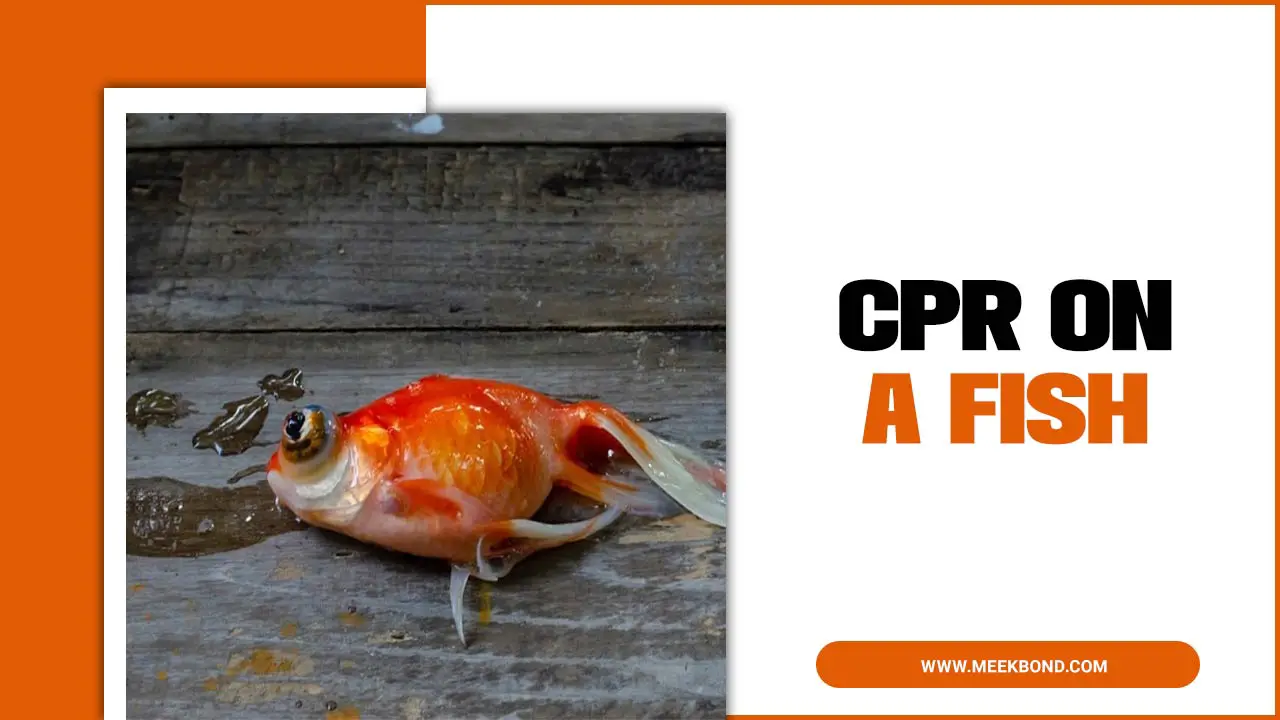
Is CPR Necessary For Fish?
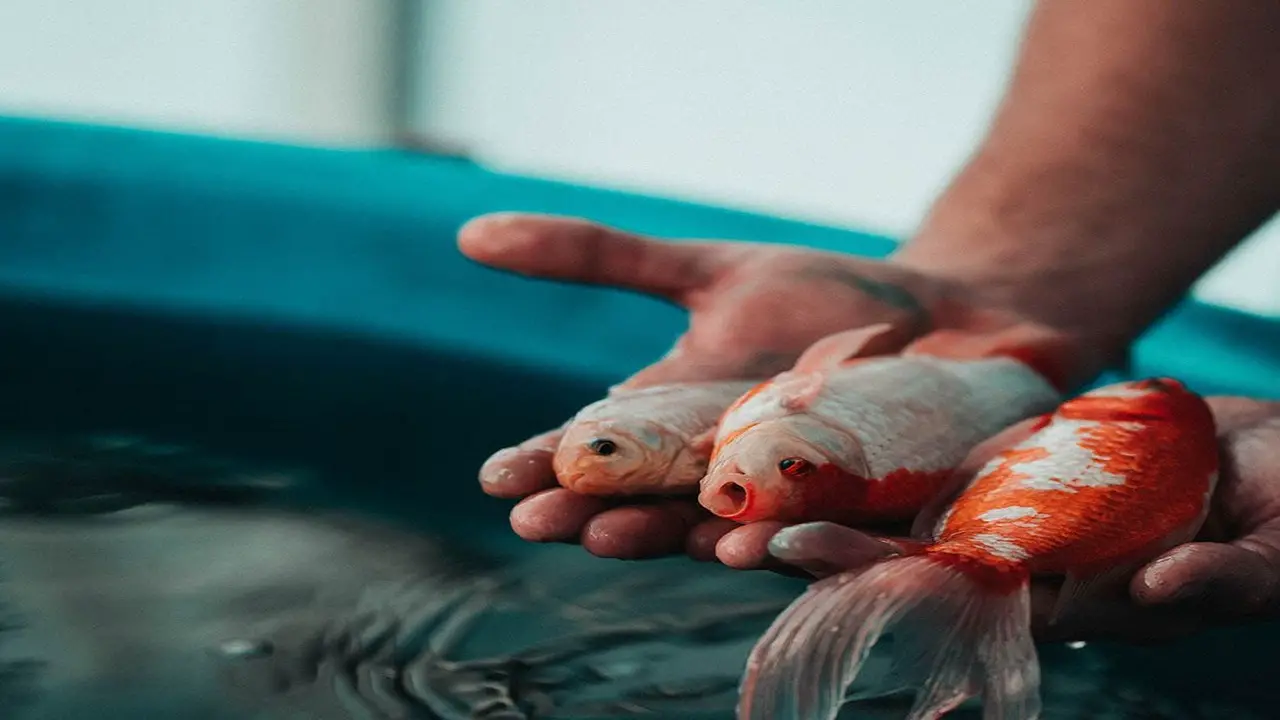
CPR, or cardiopulmonary resuscitation, is a life-saving technique that is commonly used on humans and animals in emergency situations. However, when it comes to fish, CPR is not typically performed. Fish have very different anatomy and physiology compared to mammals, making the effectiveness of CPR uncertain.
Additionally, fish can extract oxygen from water through their gills, so artificial respiration may not be necessary. If you find a fish in distress, it is best to consult with a veterinarian or an aquatic specialist who can provide guidance on properly caring for the fish and address any health issues it may be experiencing.
When And Why Would You Need To Perform CPR On A Fish?

Performing CPR on a fish may seem like an unusual concept, but it may be necessary in some instances. CPR, or cardiopulmonary resuscitation, is a life-saving technique used to restore blood circulation and breathing in someone experiencing cardiac arrest. In the case of a fish, performing CPR can be crucial if it is experiencing severe oxygen deprivation or becomes trapped in an oxygen-depleted environment.
This may occur in situations such as overstocked aquariums or during the transportation of live fish. It’s important to note that CPR on a fish requires specialized knowledge and training, so it’s recommended to consult a veterinarian or aquatic expert before attempting this procedure.
How To Perform Cpr On A Fish In Emergency
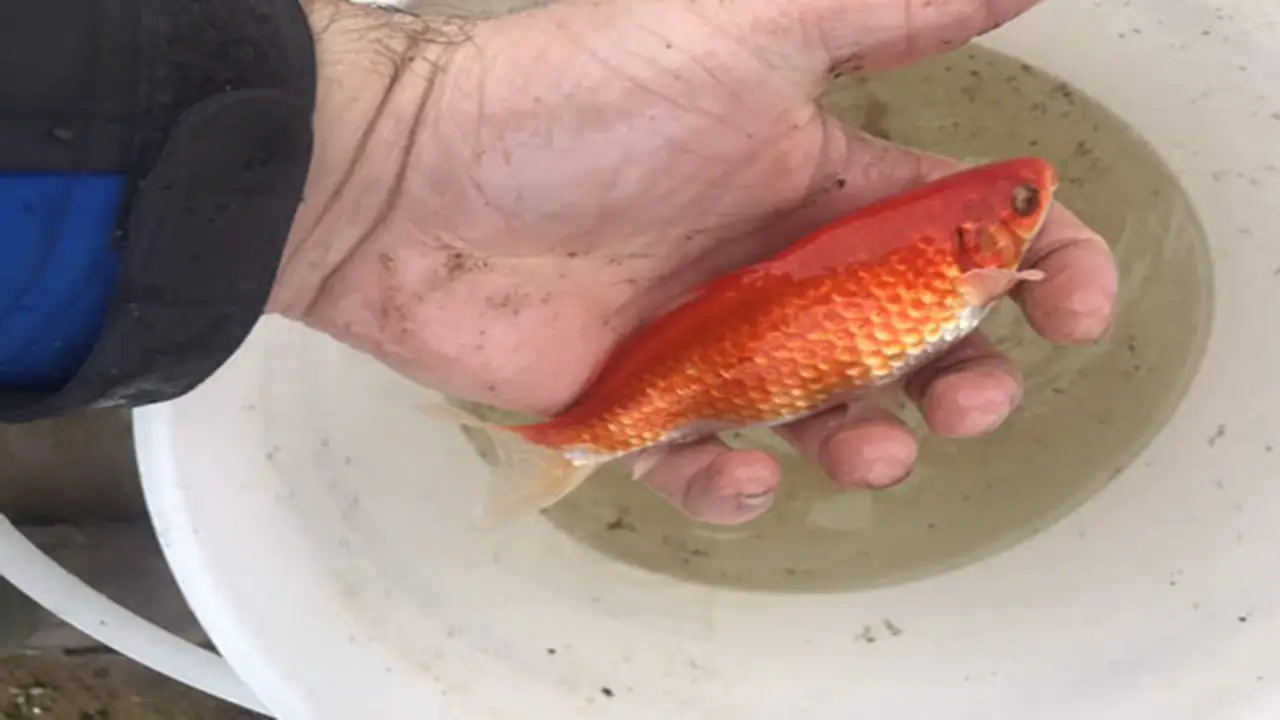
Performing CPR on a fish may sound unusual, but it is necessary for those who work in the aquaculture industry or keep fish as pets. Performing CPR on a fish in an emergency can be challenging. However, if you need to revive a fish, there are steps you can take to save its life potentially. Here is a guide on how to perform CPR on a fish:
- Remove the fish from the water: Gently and carefully remove it and place it on a flat surface.
- Check for signs of life: Look for any movement or signs of breathing. If the fish is not moving or showing signs of life, proceed to the next step.
- Administer chest compressions: Apply gentle pressure to the fish’s chest area using your index and middle finger. Be careful not to apply too much pressure as it may cause further harm.
- Perform rescue breaths: To provide oxygen to the fish, gently cover its mouth and gills with your hand and blow air into them. Repeat this process every few seconds.
- Continue CPR: Alternate between chest compressions and rescue breaths until you see signs of life or professional help arrives.
It is important to note that performing CPR on a fish does not guarantee its survival, but it may give it a fighting chance. Remember, always prioritize your safety and seek professional help if possible.
Understanding The Anatomy Of A Fish
Fish possess a unique anatomy that is specifically designed for breathing in water. When performing CPR on a fish, the main objective is to provide oxygenated water to the gills, which are located on either side of the fish’s head.
To successfully administer CPR, it is crucial to expose the gills. It is important to approach this process with a gentle and steady hand to prevent any potential injury to the fish. Acting swiftly during an emergency situation is vital, as it gives the fish the best chance of survival.
Signs That Indicate A Fish Needs CPR
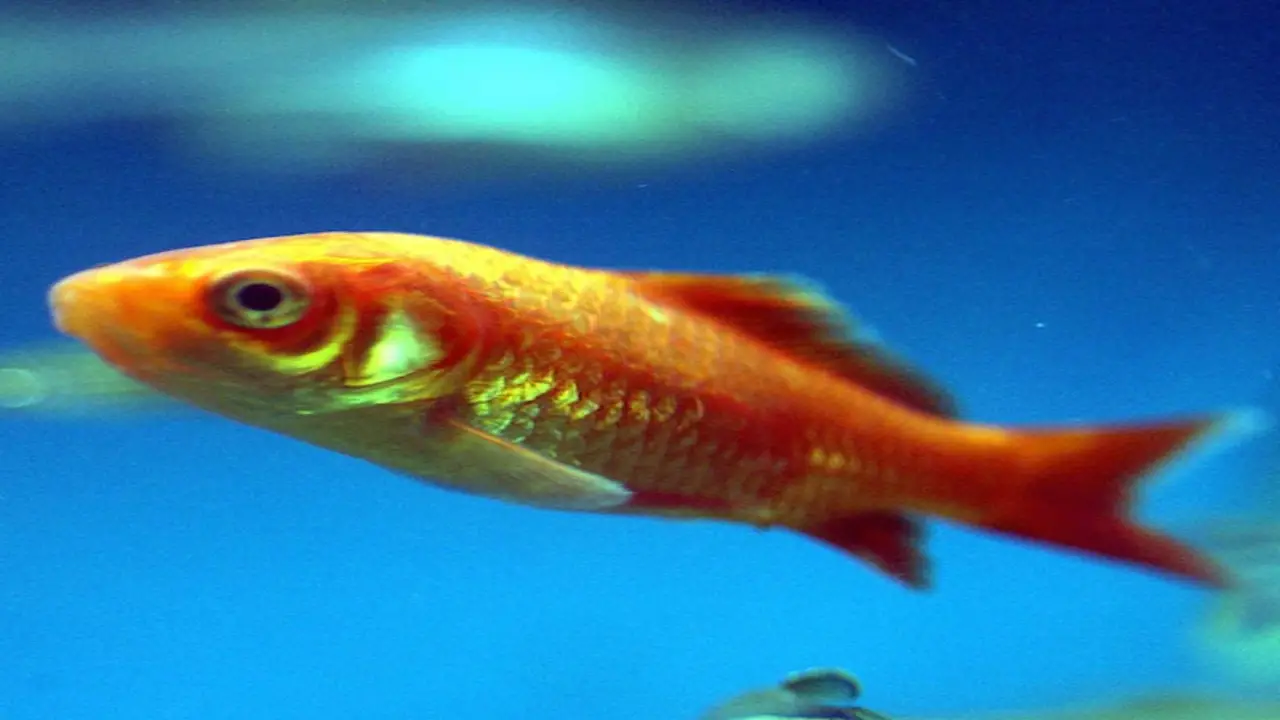
Performing CPR on a fish may sound unusual, but it is a technique that can be used to save a fish’s life in certain situations. CPR, or cardiopulmonary resuscitation, is a procedure that involves chest compressions and rescue breaths to help restore normal breathing and circulation.
CPR on a fish may seem like an unusual concept, but in some cases, it can be a life-saving technique. Here are some signs that indicate a fish may need CPR:
- The fish is floating upside down or sideways in the water.
- It is not responding to external stimuli, such as tapping on the tank or netting.
- The gills are not moving, indicating a lack of oxygen intake.
- The fish is gasping for air at the water’s surface.
If you notice these signs in your fish, it is important to act quickly. Gently remove the fish from the water and place it on a clean, damp towel.
Begin CPR by using your fingers to apply gentle pressure to the fish’s chest area, mimicking compressions. You can also try using a small straw to blow air into its mouth or gently massaging its sides to stimulate breathing. Remember, CPR on a fish should only be done as a last resort and with a veterinarian experienced in aquatic animal care.
Preparing The Environment And Equipment For Performing CPR
Preparing the environment and gathering the necessary equipment is important to ensure successful CPR on a fish. Firstly, remove the fish from its water environment and place it on a flat surface. This will provide better access and stability during the CPR process.
Have a towel or cloth ready to dry the fish and prevent it from slipping. Additionally, gather your equipment, including a small mask for mouth-to-mouth resuscitation. Having a container of oxygenated water nearby is also advisable to revive the fish after successful CPR. Lastly, remain calm and focused throughout the process, increasing the chances of a successful outcome.
Proper Techniques For Mouth-To-Mouth Resuscitation On A Fish
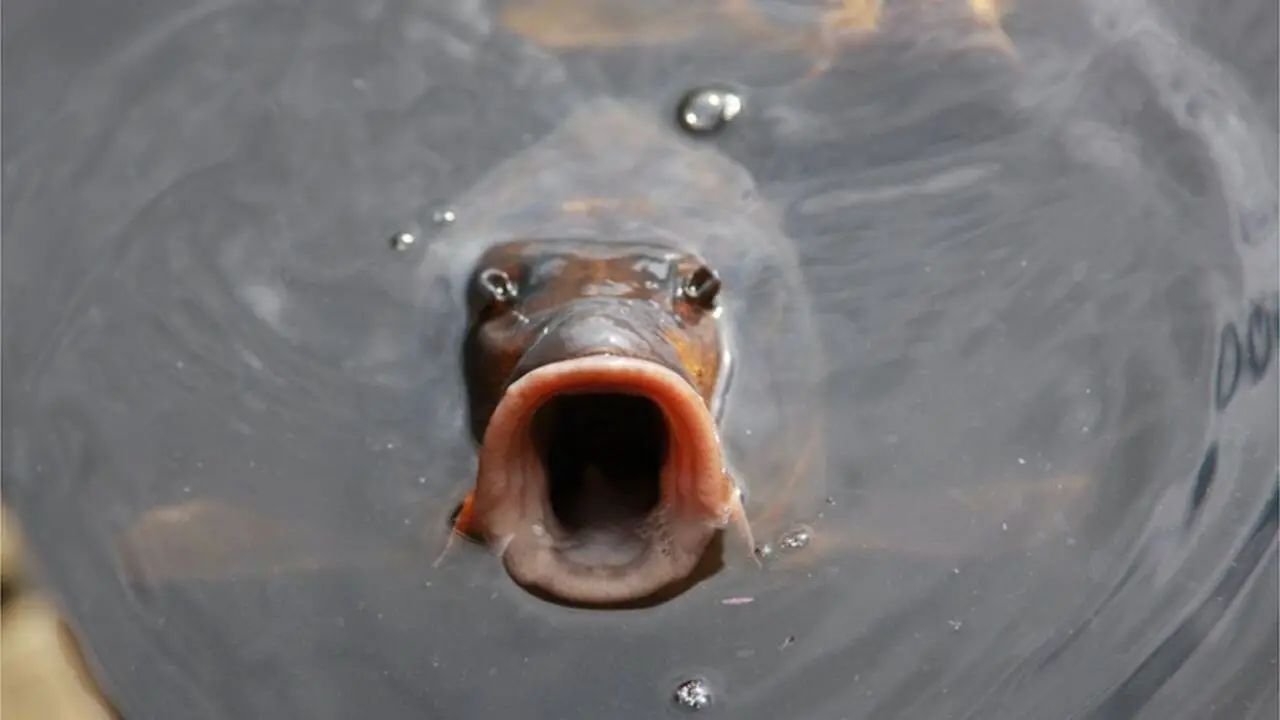
Performing CPR on a fish may sound unusual, but it can be a life-saving technique in certain situations. If you find a fish floating at the surface of the water showing signs of distress or unresponsive, performing mouth-to-mouth resuscitation may help revive it. To perform this technique, carefully hold the fish with one hand and gently place your mouth over its mouth, creating a seal.
Blow small puffs of air into the fish’s mouth, watching for its gills to move and expand. Repeat this process every few seconds until the fish shows signs of improvement or until professional help arrives. Not all fish species can survive CPR, so it is crucial to consult with a professional or do research specific to the type of fish you encounter before attempting this technique.
How To Administer Chest Compressions To A Fish
To administer chest compressions to a fish, gently apply pressure to its chest just behind the gills using your index and middle finger. Compress the chest rhythmically at a rate of about 100-120 compressions per minute, being careful not to apply too much pressure or compress too quickly to avoid internal damage.
Continue the compressions for several minutes until the fish shows signs of life. If the fish does not respond after several minutes, reviving it may be too late.
What To Do After Performing CPR On A Fish
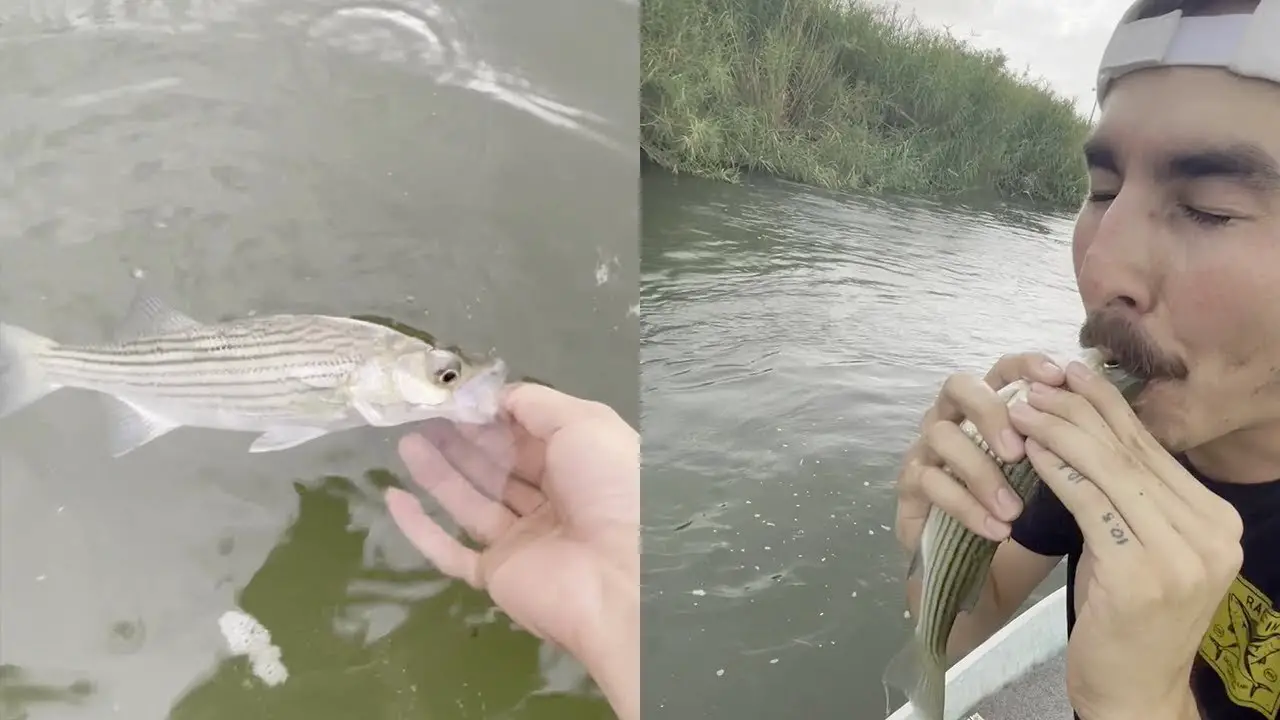
After CPR on a fish, observe signs of life, such as breathing and movement. If the fish still shows no signs of life, it is crucial to continue administering CPR until the heart starts beating again. Remember to handle the fish gently to avoid causing any additional stress.
If the fish requires further assistance, provide supportive care such as oxygen therapy and medication. Once the fish has recovered, closely monitor its health and address any underlying issues that may have caused the emergency situation.
Prevention And Care Tips To Keep Your Fish Healthy And Prevent Emergencies
To ensure the health and well-being of your fish and prevent emergencies, there are several key tips to keep in mind. First and foremost, keeping the fish tank clean and well-maintained is crucial. This helps to maintain water quality and prevent the buildup of harmful bacteria or toxins.
Additionally, paying attention to your fish’s behavior and any signs of distress can help you catch potential emergencies early on. Regularly observing your fish for changes in appetite, swimming patterns, or physical appearance is important.
Oxygenating the water with a bubbler or air stone can also reduce the risk of emergencies by ensuring adequate oxygen is available for your fish. If an emergency situation does arise, such as your fish becoming unresponsive, it may be necessary to perform CPR.
In such cases, carefully place the fish in a shallow container of clean water and administer chest compressions. However, if the fish does not respond to CPR, it is important to seek veterinary assistance immediately.
Conclusion
Performing CPR on a fish can be a life-saving measure in certain emergency situations. It is important to understand the anatomy of a fish and follow the correct steps to ensure the best chance of success. Look out for signs that indicate a fish is in distress and needs CPR, such as lethargy, gasping for air, or floating upside down.
When performing CPR, prepare the environment and equipment, administer mouth-to-mouth resuscitation, and apply chest compressions carefully. After CPR, monitor the fish closely and provide any necessary follow-up care. Prevention is key, so take proactive measures to keep your fish healthy and prevent emergencies. Being prepared and knowledgeable, you can confidently handle emergency situations involving your fish.
Frequently Asked Questions
What Does CPR Mean, Fish?
CPR for fish, or Cardiopulmonary Resuscitation, involves providing oxygenated water and performing chest compressions. It should only be done in emergency situations when a fish is not breathing or has a weak pulse. Veterinary help should be sought after performing fish CPR.
How Do You Perform CPR On A Fish?
Performing CPR on a fish involves providing oxygen to its gills. Place the fish in a water container and gently move it back and forth to get water moving over the gills. You can also use an air stone or aerator for oxygen supply. If the fish doesn’t respond, euthanasia may be necessary.
What Are The Signs That A Fish Needs CPR?
Signs that a fish requires CPR include gasping for air, floating abnormally, and appearing lethargic. Unlike traditional CPR, fish resuscitation involves placing the fish in oxygenated water, adjusting the temperature if needed, and adding aquarium salt. If there’s no improvement, consult a veterinarian specializing in aquatic animals.
Can Perform CPR On A Fish Save Its Life?
Performing CPR on a fish can potentially save its life if done correctly and promptly. You can stimulate blood flow and respiration by gently placing the fish on its side and pressing down on its chest with your fingers. However, it’s important to note that not all fish will respond to CPR, and success may vary.
Are There Any Risks Or Complications Associated With Performing CPR On A Fish?
Performing CPR on a fish can be challenging and may not always yield successful results. Handling the fish gently and avoiding excessive force is important to prevent injuries, such as broken bones or organ damage. Before attempting CPR on a fish, consult a veterinarian or aquatic specialist for guidance.

Aquarium passion is all about connecting with the aquatic life and providing education to the public on the importance of these creatures. We showcase a wide variety of marine life through our exhibits as well as working with schools to provide unique learning opportunities for students of all ages.




